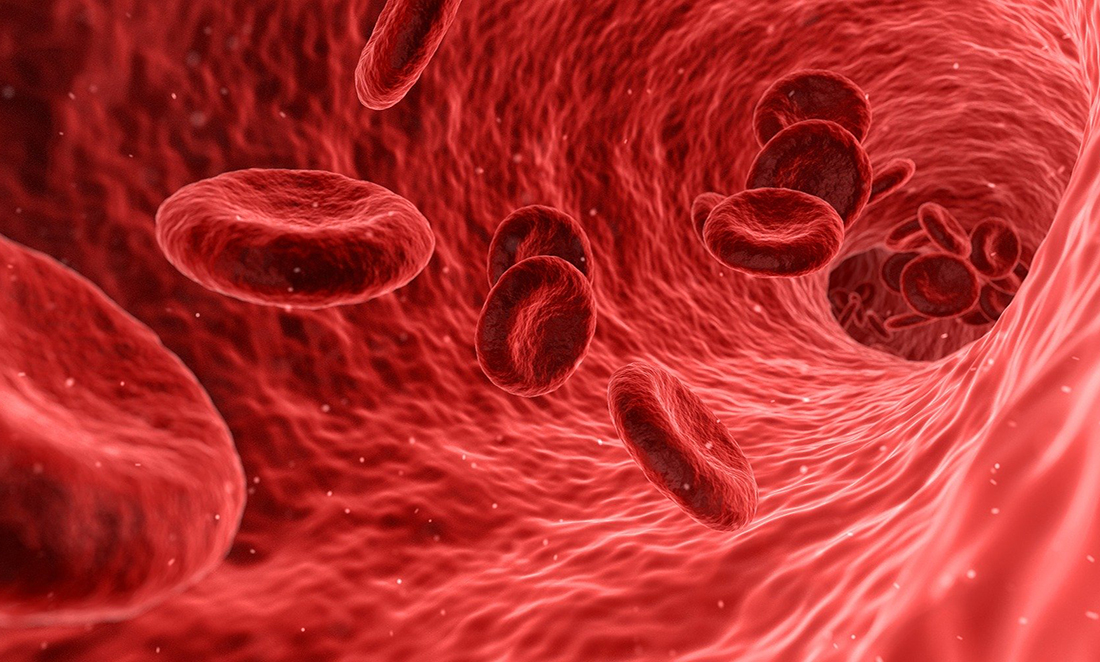It’s a common scenario. You see your GP, who is concerned about your heart and refers you to a cardiologist. But you can’t get an appointment for 2 months. That’s 2 months wondering if something’s wrong and if you should be getting treatment now.
UWA-trained computer scientist Isaac Ward intends to improve the standard of Australian healthcare through artificial intelligence (AI).
He recently received a Fulbright Future Scholarship to continue his research in the United States.
“It was unbelievable,” says Isaac. “I’m still pinching myself to check I’m not dreaming.”
Paging Doctor Robot
How can a computer scientist reduce waiting times to see specialists? By using AI to diagnose patients and improve healthcare outcomes.
“Whether it’s cardiovascular diseases, lung diseases or eye diseases, I’m interested in applying the power of AI to those sorts of problems,” Isaac says.
The problem isn’t that human doctors are misdiagnosing patients, Isaac says.

“There aren’t many cardiologists, and they may have hundreds of patients,” Isaac says.
“It may take a cardiologist 2 months to review a patient’s CT scan.”
Given healthcare is so time sensitive, Isaac believes AI can act as a triage.
“Artificial intelligence can help determine whether a patient is a higher priority for a cardiologist to see faster,” he says.

“AI and machine learning isn’t just about improving the accuracy of a diagnosis. It’s also about improving the quality and availability of healthcare.”
Machine learning
So how can a computer recognise high-priority patients? Through machine learning.
Consider using machine learning to determine the levels of plaque in a patient’s arteries. This would involve a CT scan, which uses X-rays and a computer to make pictures of the inside of your body.
“Fundamentally, machine learning is about inputs and outputs,” says Isaac.
“The inputs in this case are the images from the CT scan, and the outputs are the location of the plaque in the arteries.
“If you can find enough clear examples of these inputs with the desired outputs attached, then you can feed them into a machine learning algorithm.
“Machine learning algorithms can use labelled images to learn the relationship between the input data and the desired output data. They can learn how to find plaque in a CT scan.”

Like the example of the dogs and cats in the video, machine learning becomes more accurate with more data.
Potentially, a patient doesn’t have to wait months to see a busy cardiologist. A computer can read their CT scan in minutes.
A heartbeat away
It may sound like sci-fi that’s decades away, but Isaac says it’s on the horizon.
“By the time clinical trials are completed in the next few years, patients will get a diagnosis and recommendations about seeing a specialist within 5 or 10 minutes,” he says.
“In 10 years’ time, the focus will likely be on preventative measures for patients.”
“The technology will help with health check-ins instead of just reacting to the problem.”

Light bulb moment
Isaac discovered his passion for AI at university after designing an intelligent algorithm that could play a card game.
“In the beginning, the algorithm was wrong and it was only beating me 10% of the time. But then I fixed the bug in the code, and its win rate went to 99%,” he says
“It was a classic light bulb moment, and I realised how powerful artificial intelligence was.”
For Isaac, healthcare is the perfect intersect between tech and societal need.
“Improvements in healthcare really matter,” he says.









